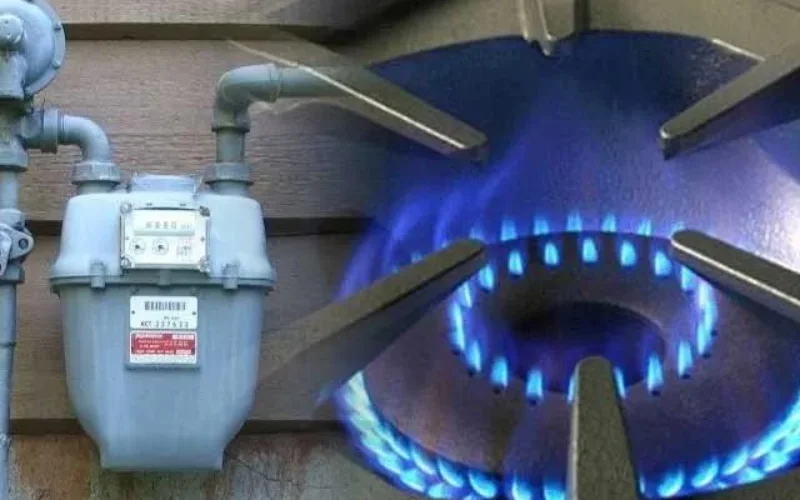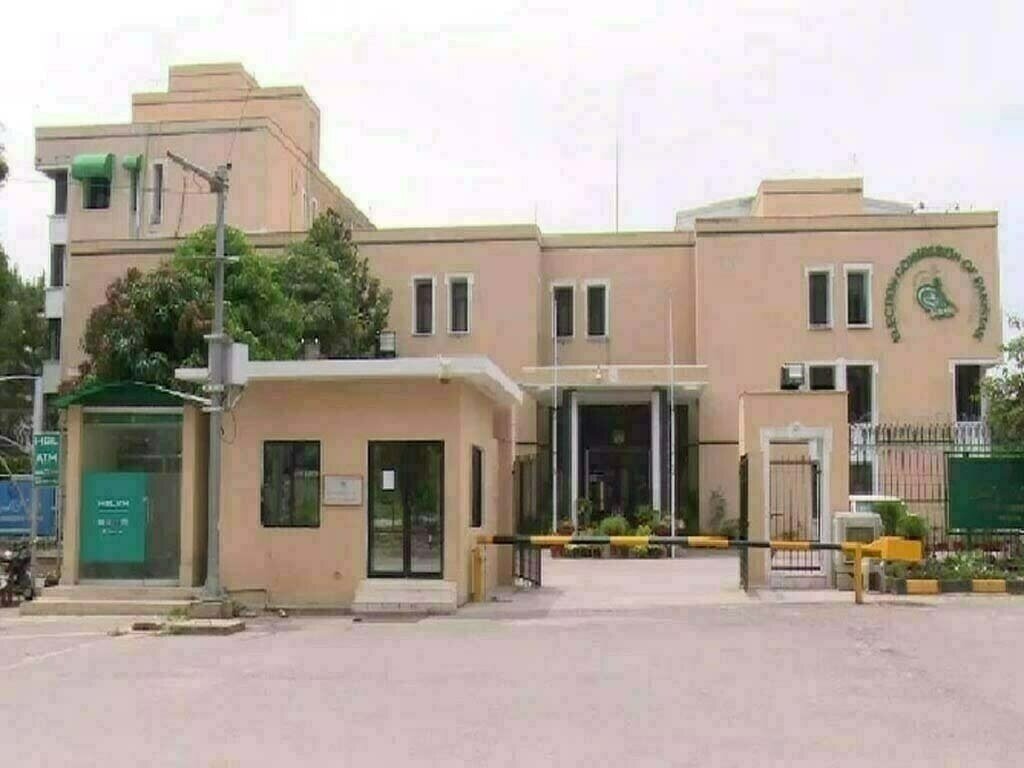In a potentially impactful move with potential cost implications for gas consumers, the Ministry of Petroleum has introduced a proposal to increase gas prices by 55-60 percent. The primary goal behind this contentious initiative is to address the lingering debt burden within the gas sector.
This proposal is awaiting enactment, pending approval from the federal cabinet. The central aspect of the plan revolves around instituting a uniform national gas price that would be applicable nationwide. This standardized pricing mechanism will be established based on the weighted average cost of gas. As a result, consumers all over the country would face the same gas prices, regardless of their geographic location.
Currently, local prices are set at $8 per million British thermal units (mmbtu), while the cost for imported LNG (liquefied natural gas) stands at approximately $13 per mmbtu. The primary objective of this proposal is to narrow the gap between these two pricing benchmarks, which currently stands at $5. By doing so, the government aims to address the persistent debt challenges faced by the gas sector.
To further reinforce the impact of the plan, there are provisions to limit the use of LNG for fertilizer production. Presently, fertilizer producers benefit from subsidized rates for their LNG consumption. However, under this proposal, they would be required to pay the full market price for the LNG they use.
The implementation of this comprehensive plan is set to begin following formal approval by the federal cabinet and consultations with various provinces. Although specific timelines are undisclosed, the plan is expected to be rolled out in the coming months. The potential consequences of this proposal are acknowledged by the public, as there is an anticipation of increased bills for consumers. Nevertheless, the government asserts that this initiative is crucial for alleviating the ongoing debt burden in the sector. The overarching objective is to strengthen the long-term viability of this critical industry.
Critics of the proposal contend that a significant hike in gas prices could disproportionately affect vulnerable and marginalized segments of society. The increased energy costs could have ripple effects on various aspects of daily life, potentially exacerbating challenges for those already grappling with economic difficulties.
Supporters, on the other hand, argue that addressing the debt accrued by the gas sector is essential for ensuring its sustainability. They assert that while the plan might pose short-term challenges, it could contribute to a more stable and resilient energy landscape, ultimately benefiting the broader population.
As the proposal navigates bureaucratic channels, the government faces the task of striking a balance between reducing sectoral debt and considering potential socio-economic repercussions of increased gas prices. The federal cabinet’s decision will be closely watched, as it will determine the course of this polarizing plan and its implications for a population already shouldering economic hardships.



